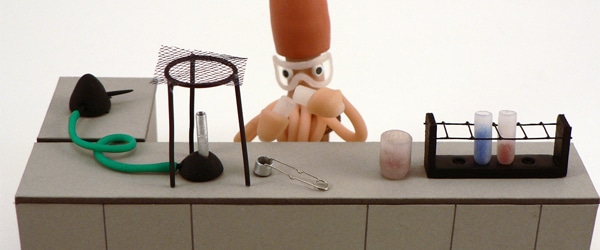Like athletes running on turf versus sand, the gel you run your DNA through can highly affect your results.
The two main types of gels that people use for DNA electrophoresis are agarose and polyacrylamide (PA) gels, but figuring out the differences can be confusing.
Basically, you choose a gel based on two main factors: how high you need the resolution to be and what is in your samples. To make the choice simpler, I made a handy chart describing the differences between them.

Use this chart to help you understand the differences between the two gel types and your samples will be running like athletes in no time!
Enjoying this article? Get hard-won lab wisdom like this delivered to your inbox 3x a week.

Join over 65,000 fellow researchers saving time, reducing stress, and seeing their experiments succeed. Unsubscribe anytime.
Next issue goes out tomorrow; don’t miss it.
You made it to the end—nice work! If you’re the kind of scientist who likes figuring things out without wasting half a day on trial and error, you’ll love our newsletter. Get 3 quick reads a week, packed with hard-won lab wisdom. Join FREE here.








